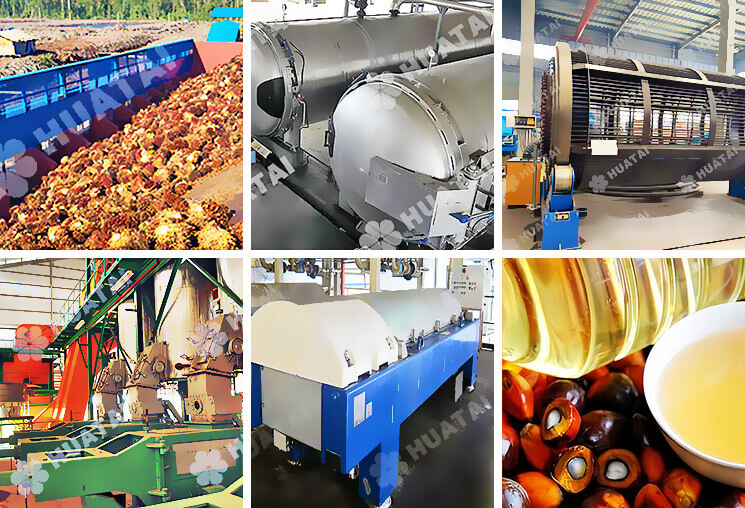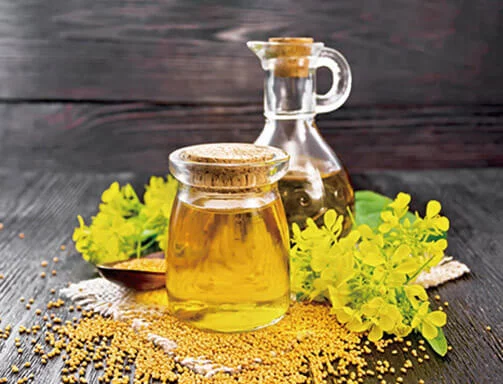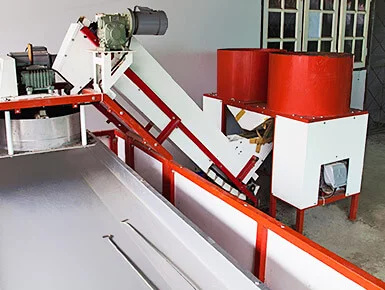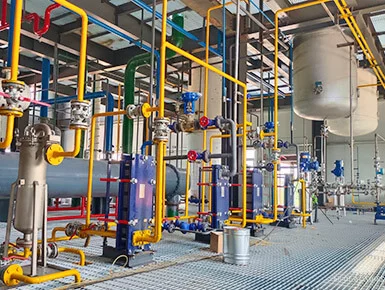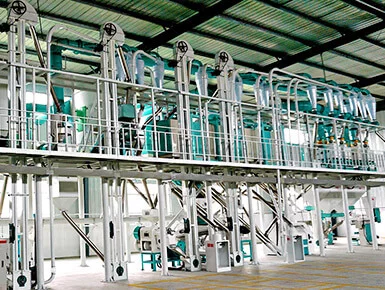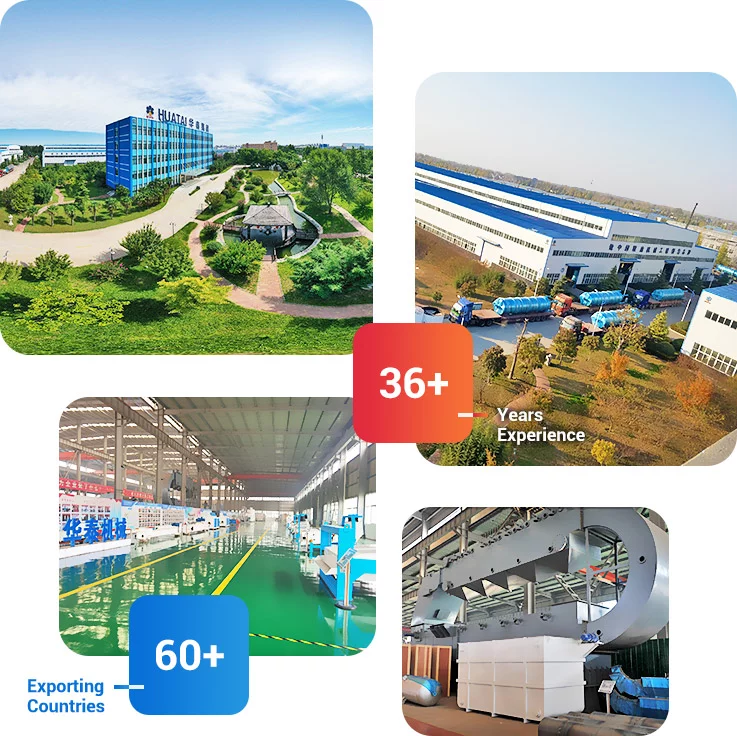![Crude Palm Oil Clarification Process in Production]()
Introduction
The crude palm oil clarification process can be divided into four main steps, during which suspended solids are separated from the crude oil. In this article, we’ll walk through each stage of the clarification process.
The process also sets the stage for further refining steps like palm oil deodorization process and fractionation of palm oil, which are essential for producing the edible oil used in food products, cosmetics, and industrial applications.
Step #1: Vibrating Screen of Raw Crude Palm Oil
The first step involves passing raw CPO through a vibrating screen to remove large particles and debris. The screen, typically a mesh with specific aperture sizes, vibrates to separate solids larger than the mesh size, allowing oil and water to pass through.
This initial cleaning prevents clogging in subsequent equipment and ensures efficient separation. Research suggests screen sizes vary, with 1-2 mm apertures common for palm oil, depending on mill capacity.
Regular maintenance of the screen is crucial to prevent wear and tear, with vibrating frequency adjusted based on feed rate, typically 600-1200 vibrations per minute.
Step #2: Separation of Suspended Solids from Crude Oil
After screening, the oil-water-solid mixture is sent to a settling tank or clarifier for gravity separation.
In the settling tank, the mixture is allowed to settle, with solids settling at the bottom, water in the middle, and oil floating on top.
The clarification process in palm oil mill uses a three-phase decanter or centrifuge for separation. Centrifuges run at 3000-5000 RPM with a flow rate of 10-50 m³/h, depending on capacity.
Gravity separation relies on density differences, with oil (density ~0.91 g/cm³) floating on top of water (~1 g/cm³) and solids sinking. Temperature (85-90°C) and residence time (2-4 hours to settle) are critical, and the addition of hot water can facilitate separation.
![Palm oil clarification process flow]()
Step #3: Purification Process
After initial separation, the oil may still contain fine impurities like residual solids or traces of water. This step can involve filtration through plate and frame filters or vertical pressure leaf filters to remove any remaining particles.
In some palm oil processing, chemicals like phosphoric acid may be added to neutralize impurities, though this is more common in refining.
Filtration systems are common, with automatic control for stable production, especially in continuous systems. The choice depends on mill size: midum and large palm oil processing mills use automated systems.
Step #4: Oil Drying and Cooling
Since the water content in the purified crude oil is high, drying and cooling are required.
Typically, use vacuum dryers operate at 80-100°C under 50-100 mbar pressure. This evaporates water without thermal degradation, reducing moisture to <0.05%. After drying, the oil is cooled to 50°C or below for storage, often using heat exchangers to recover energy.
Drying prevents oxidation and microbial growth, extending shelf life, while cooling ensures stability during storage. Research suggests cooling rates affect oil quality, with gradual cooling preferred to prevent solidification.
![Crude palm oil clarification station]()
Conclusion
The palm oil clarification process is vital for producing high-quality, stable palm oil, involving vibrating screening, separating solids, purifying, and drying and cooling.
Henan Huatai Group has decades of experience in designing and manufacturing palm oil production equipment and oil mills. We can provide complete turnkey engineering services, including palm oil extraction, palm kernel oil solvent extraction, and palm oil refinery. Contact us now to start your palm oil business!
References:
![]() Service Coverage
Service Coverage
![]() FAQ
FAQ







